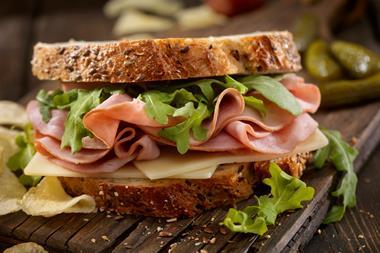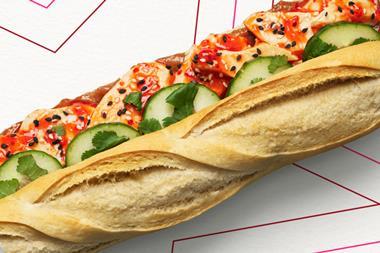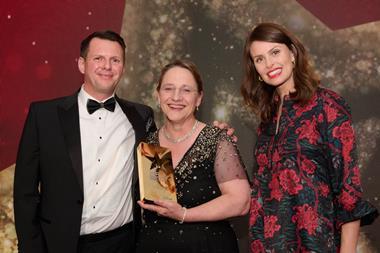Tesco has cut the amount of bread it has on display in a bid to reduce wastage.
In a half-year update on its ‘What matters now: using our scale for good - Tesco and Society Report 2013’, the retailer has today revealed that just under half of the bakery items it sells (47%) are wasted.
Twenty-five per cent of the wastage has been down to the consumer, 14% through processing losses, 5% through field losses, and 4% through retail waste.
Bakery was also the biggest wastage ‘hotspot’ for the retailer when broken down by category, with 41% of its total food waste for the first half of 2013/14 coming from bakery.
To try and tackle the problem, it said it has “changed how bakeries are run in over 600 stores” in order to minimise waste, and is also sharing tips with customers about how to use leftover bread.
These bakeries, located in its larger stores, have been rearranged to reduce the amount of bread on display, leading to better stock control and less waste, said Tesco.
In addition to this, surplus bran from milling is being sent for use as animal feed, and bakery managers will be trained on new systems in order to reduce wastage without reducing quality and availability. The retailer said it would also be building more accurate IT systems for ordering stock and planning daily production in-store.
The new food waste figures revealed that, in the first six months of this year, 28,500 tonnes of food waste were generated in Tesco stores and distribution centres.
In an address to the Global Green Growth Forum in Copenhagen today, Philip Clarke, chief executive, Tesco, will give an update on the progress made to tackle food waste, where he will say: “When I said earlier this year that Tesco wanted to lead in reducing food waste I wasn’t just talking about reducing food waste in our own operations. I meant making a difference from the farmer’s field to the customer’s fridge and beyond.
“Over the last six months, my team of experts have put together food waste footprints from the farmer’s field to the customer’s bin. We’ve worked with a range of suppliers and experts across the globe, including WRAP. The output is really simple, but it gives great steer on where to act.”
Richard Swannell, director, Waste and Resources Action Programme (WRAP), said: “We welcome Tesco’s approach to tackling food waste across their whole supply chain, and by identifying the hot spots, they can tackle these areas effectively. Food waste is a global issue and collaborative action is essential if we are to successfully reduce food waste and reap the financial and environmental benefits of doing so.”
Tesco has tracked 25 of its best-selling products to understand levels of food waste and where it occurs from farm to fork.



































No comments yet